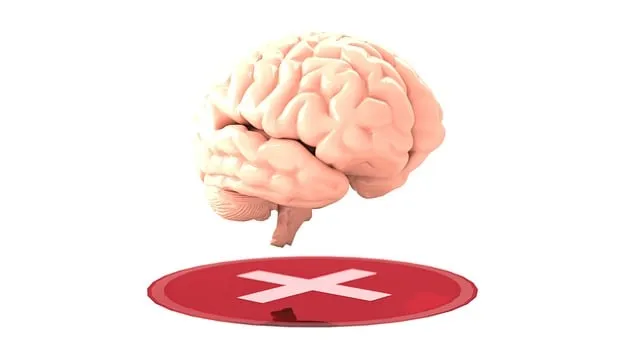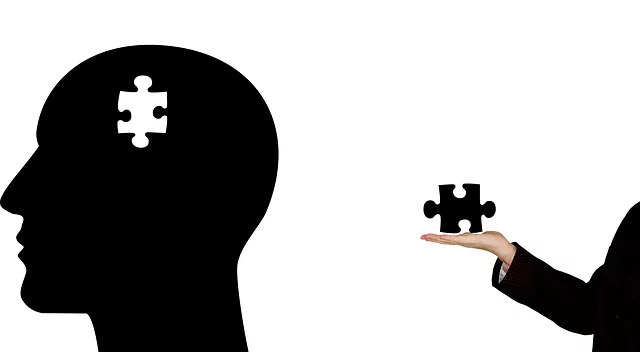Community outreach programs by Kaiser Castle Rock improve mental health access by overcoming barriers like stigma and transportation issues. Tailored coaching, robust risk management, and community needs assessment ensure effective services. A nuanced approach with empathy, trust, resilience-building activities, and partnerships strengthens these initiatives. Strategic evaluation using KPIs, feedback, and Mental Wellness Coaching Program Development ensures continuous improvement. Learn how to access Kaiser Castle Rock's mental health services for targeted community outreach.
Community outreach programs play a pivotal role in enhancing mental health access, especially in areas like Kaiser Castle Rock where gaps exist in available services. This article delves into the strategic implementation of such programs, offering insights on identifying community needs, designing engaging initiatives, and fostering partnerships with local organizations. Learn how these steps facilitate access to mental health services through Kaiser Castle Rock, ensuring a holistic approach that benefits the community at large.
- Understanding Community Outreach: Why It Matters for Mental Health Access
- Assessing the Needs: Identifying Gaps in Kaiser Castle Rock's Mental Health Services
- Designing Effective Programs: Strategies for Engaging the Community
- Building Partnerships: Collaborating with Local Organizations and Stakeholders
- Implementation and Evaluation: Measuring Success and Continuous Improvement
Understanding Community Outreach: Why It Matters for Mental Health Access

Community outreach programs play a pivotal role in enhancing mental health access and accessibility, especially in diverse communities. By bringing mental wellness services directly to individuals where they live and work, organizations like Kaiser Castle Rock can bridge the gap between those who need support and the resources available. This approach is particularly crucial for addressing barriers that often prevent people from seeking help, such as stigma, transportation issues, or limited awareness of available options.
Understanding the unique needs and challenges within a community is essential when implementing these programs. For example, developing tailored Mental Wellness Coaching Programs that incorporate Self-Awareness Exercises can foster better engagement and outcomes. Additionally, robust Risk Management Planning for Mental Health Professionals ensures safe and effective service delivery, building trust and encouraging open dialogue about mental health. Through these strategies, communities can become more equipped to support their members’ well-being, ultimately leading to improved public mental health.
Assessing the Needs: Identifying Gaps in Kaiser Castle Rock's Mental Health Services

Assessing the needs is a crucial step in implementing effective community outreach programs, especially for mental health services like those offered by Kaiser Castle Rock. By examining the current landscape, gaps can be identified to better understand how to get mental health services to those who need them most. This involves looking into various aspects such as access, availability, and cultural competency of existing resources, and comparing them against the community’s unique mental health needs.
For instance, Kaiser Castle Rock might find that while they offer a range of self-care practices and trauma support services, there is a lack of burnout prevention programs tailored to the local population. This assessment can guide the development or adaptation of outreach initiatives, ensuring that services are targeted, inclusive, and address specific mental health concerns prevalent in the community.
Designing Effective Programs: Strategies for Engaging the Community

Designing effective community outreach programs requires a deep understanding of the local landscape and the unique needs of those you aim to serve, especially when focusing on mental health services like those offered by Kaiser Castle Rock. Starting with empathy building strategies is key; creating connections and fostering trust within the community paves the way for more meaningful engagement. By listening actively and adapting programs to reflect the cultural and social fabric of the area, organizations can ensure their initiatives resonate deeply with residents.
Implementing resilience-building activities tailored to the community’s interests is another effective approach. Encouraging self-care routine development through workshops or peer support groups equips individuals with coping mechanisms for better mental health. Incorporating these strategies into outreach programs not only increases participation but also promotes sustainable positive change within the community, ensuring that services like Kaiser Castle Rock’s remain accessible and impactful over time.
Building Partnerships: Collaborating with Local Organizations and Stakeholders

Building strong partnerships is key to successful community outreach programs, especially when aiming to enhance access to mental health services, such as those offered by Kaiser Castle Rock. Collaborating with local organizations and stakeholders can help bridge gaps in service delivery and reach underserved populations. By joining forces, these entities can leverage shared resources, expertise, and networks to create a more comprehensive support system for the community’s mental well-being.
Local partnerships might include schools, community centers, faith-based organizations, and other non-profit groups with established connections within the community. Such collaborations facilitate the integration of mental health services into existing social fabric, making them more accessible and acceptable. For example, partnering with schools can enable the implementation of Self-Awareness Exercises and Stress Reduction Methods tailored to youth, while engaging faith leaders through Mental Health Policy Analysis and Advocacy can help dispel stigma associated with seeking support.
Implementation and Evaluation: Measuring Success and Continuous Improvement

Implementing community outreach programs, like mental health services through Kaiser Castle Rock, involves a strategic approach to evaluation and continuous improvement. Measuring success goes beyond mere participation; it requires assessing the impact on individuals’ lives and community well-being. By collecting feedback from participants, healthcare providers, and community leaders, organizations can understand what aspects of their outreach are most effective and where adjustments are needed.
This process includes tracking key performance indicators (KPIs) such as increased access to mental health resources, improved stress reduction methods, and burnout prevention strategies for healthcare providers. Moreover, evaluating the program’s reach and engagement ensures that services are tailored to meet the unique needs of the community. Incorporating Mental Wellness Coaching Programs Development can further enhance these efforts, fostering a culture of mental wellness and continuous learning within the community.
Community outreach programs play a pivotal role in enhancing mental health access, especially for underserved populations. By understanding local needs, designing engaging initiatives, and fostering strategic partnerships, Kaiser Castle Rock can effectively reach and support individuals who may otherwise struggle to access mental health services. Implementing these programs not only improves community well-being but also ensures that everyone has the opportunity to thrive and seek help when needed. This comprehensive approach is key to creating a more inclusive and supportive environment for mental health care in the region.






